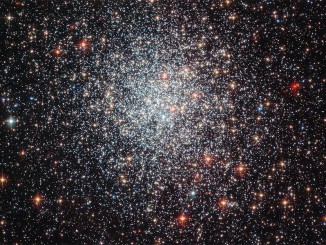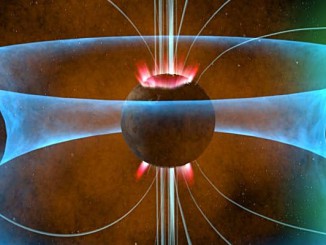Astronomers have found one of the oldest stars in the Milky Way and possibly one of the oldest in the universe, a body made up almost entirely of elements generated in the Big Bang birth of the cosmos.
The tiny, 13.5-billion-year-old star is part of the Milky Way’s “thin disk,” the realm where the sun resides. Given the age of the newly discovered star, the solar system’s neighbourhood may be up to three billion years older than previously thought.
“This star is maybe one in 10 million,” said Kevin Schlaufman, a Johns Hopkins University astronomer and lead author of a paper describing the observations. “It tells us something very important about the first generations of stars.”
The first generation of stars that formed in the wake of the Big Bang was made up almost entirely of hydrogen, helium and trace amounts of lithium. Heavier elements were formed in the cores of those stars, seeding the surrounding areas with the raw materials for subsequent generations when they exploded in supernova blasts.
The metal content, or metallicity, of those succeeding generations increased as more and more stars lived their lives and gave up their constituent elements to the local environment, providing the building blocks of still more stars.
The newly discovered star, known as 2MASS J18082002–5104378 B, could be just one generation removed from the Big Bang, setting a new record for smallest amount of heavy elements – about the same as the planet Mercury. The Sun and similar stars thousands of generations younger have the heavy element content of about 14 Jupiters.

To date, about 30 “ultra metal-poor” stars have been found in the Milky Way, each with the approximate mass of the Sun. The star discovered by Schlaufman and his team is part of a binary system and is only about 14 percent the mass of our star.
The discovery implies it may be possible to find a first-generation star in the Milky Way. Astronomers initially thought those initial stars would have been more massive and would have burned up their nuclear fuel by now. But in some situations, extremely low-mass stars could have been born and like red dwarfs, burn for far longer than the current age of the universe.
“If our inference is correct, then low-mass stars that have a composition exclusively the outcome of the Big Bang can exist,” said Schlaufman. “Even though we have not yet found an object like that in our galaxy, it can exist.”



